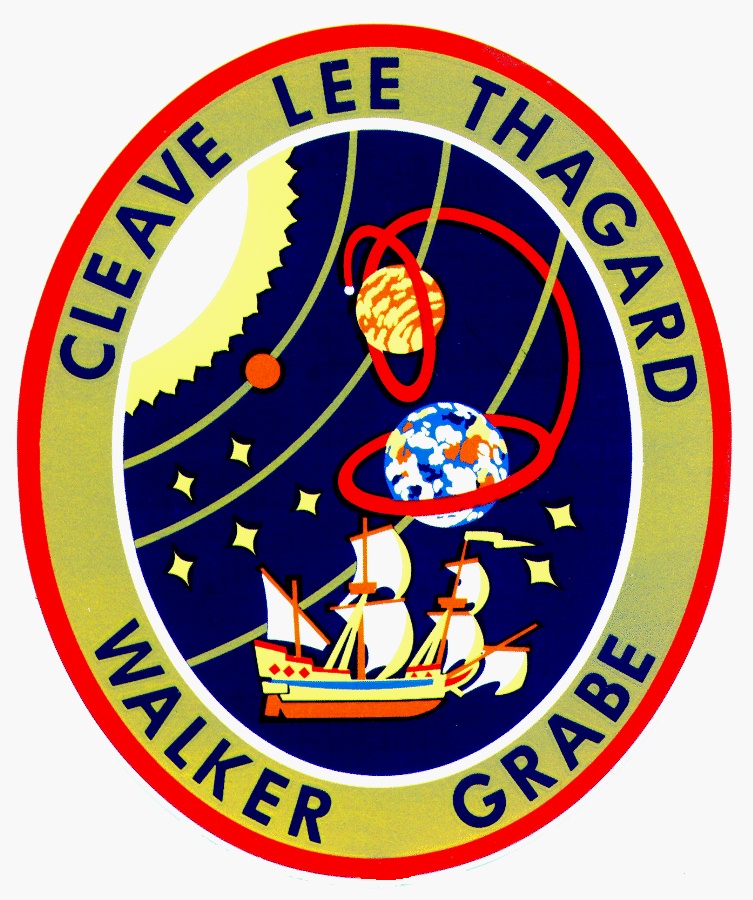Today in space history — 50 years ago, in fact — an intercontinental radio transmission was made using the moon as a relay station. The signal went from Jodrell Bank, England to the Air Force Cambridge Research Center in Bedford, MA.

(Click to enlarge.)
It was a neat idea, and perfectly reasonable in the age before long-lived, reliable communications satellites had been built. This book chapter details the Jodrell Bank work, and this page discusses an earlier U.S. Navy program to use the moon as a communications relay.
(Image from Flickr, by longhorndave, Creative Commons licensed.)














